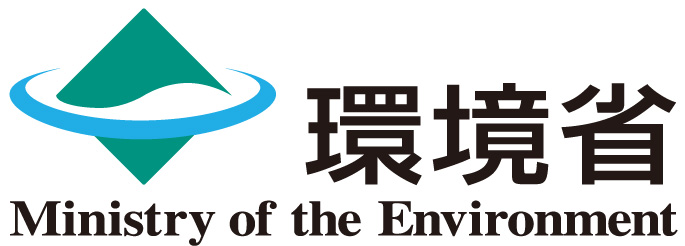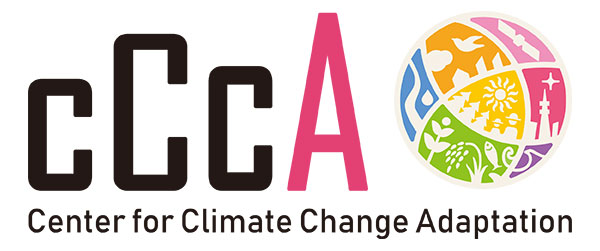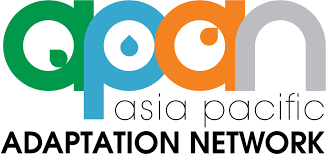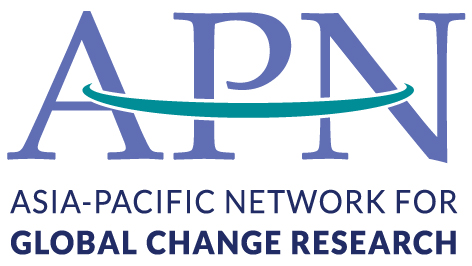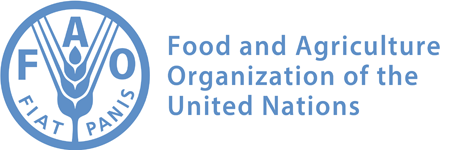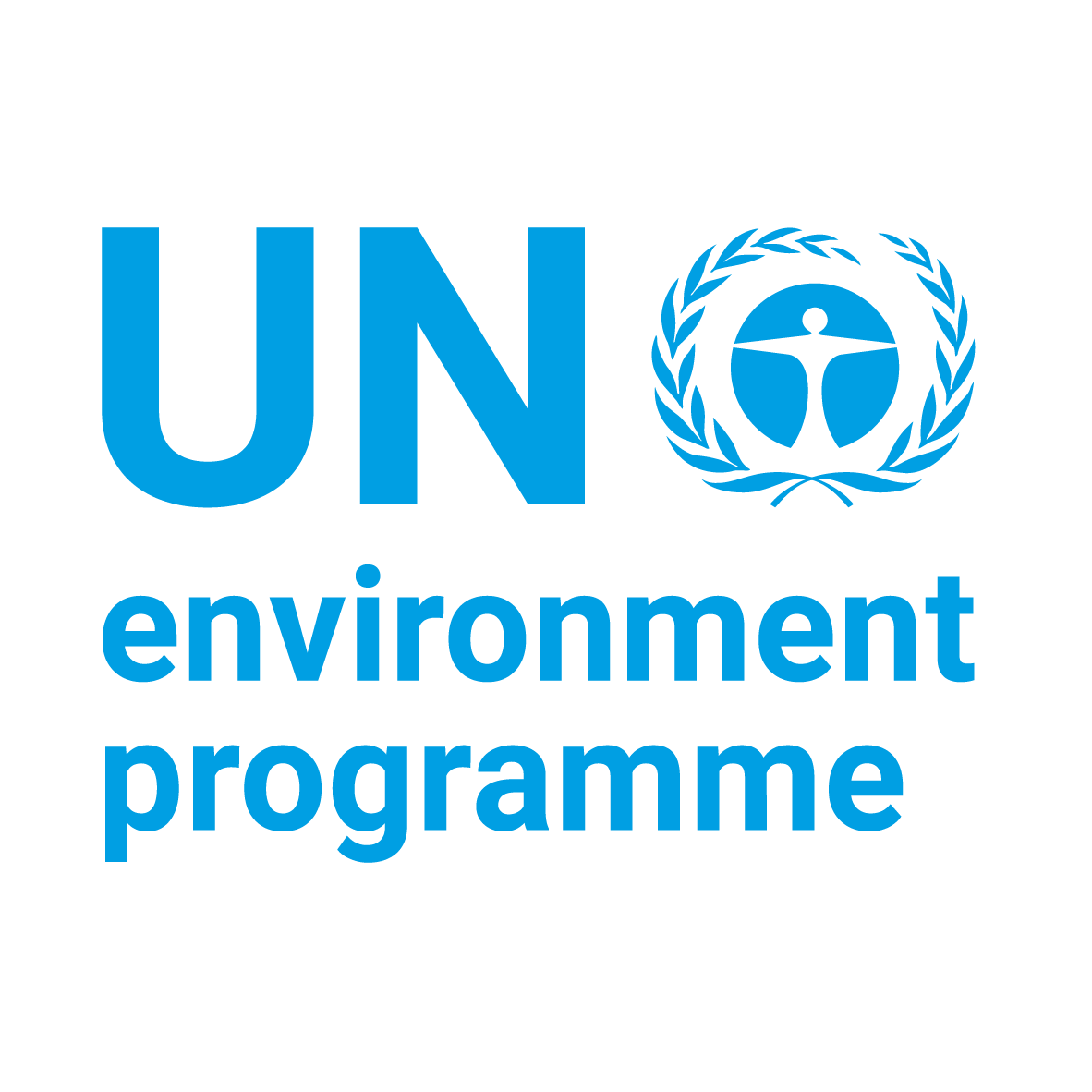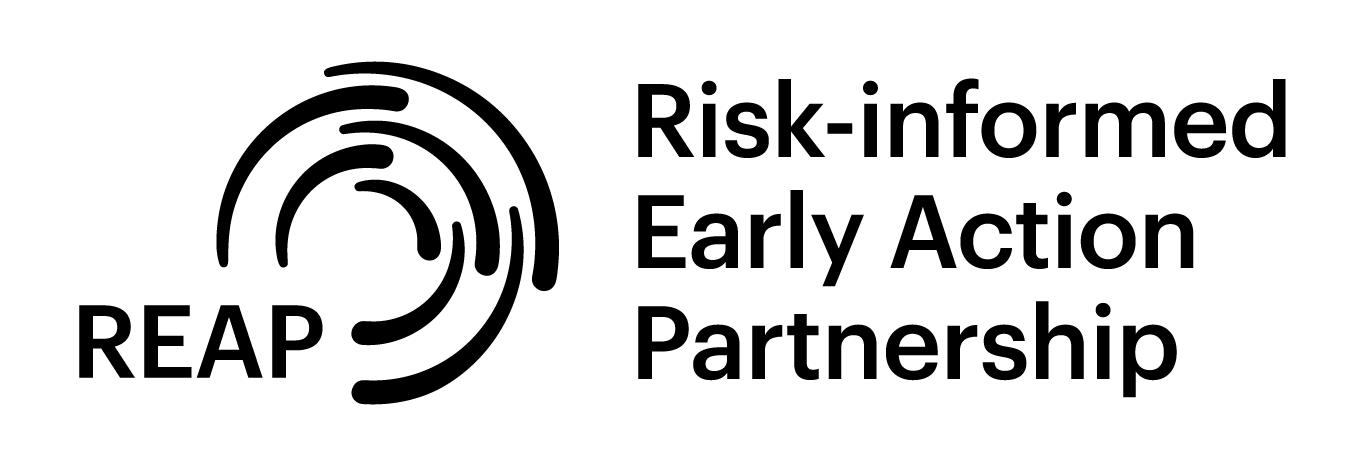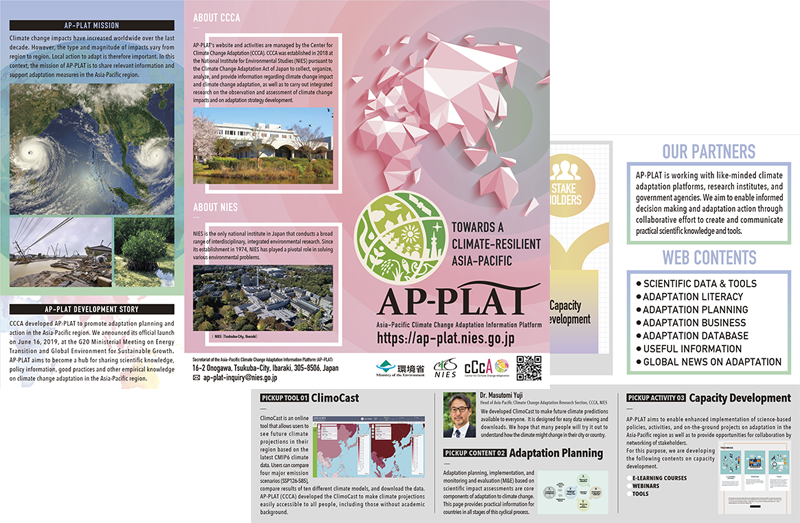INTRODUCTION TO AP-PLAT
Asia-Pacific Climate Change Adaptation Information Platform (AP-PLAT) is an online information platform to support adaptation to climate change in the Asia-Pacific region.
A plan to establish AP-PLAT was first announced at COP22 in 2016 by the Ministry of the Environment, Japan (MOEJ). Following a report that the pilot version of the platform was set up at COP23 in 2017, AP-PLAT was launched in 2019 during the G20 Ministerial Meeting on Energy Transitions and Global Environment for Sustainable Growth, held in Karuizawa Town, Nagano Prefecture. The Center for Climate Change Adaptation (CCCA) at the National Institute for Environmental Studies (NIES), Japan, is responsible for operation of AP-PLAT.
According to the Climate Change Adaptation Act of Japan, enacted in 2018, development of an international system for sharing information on climate change needs to be promoted, as well as technical and other cooperation on climate change adaptation for developing regions. It is AP-PLAT who contributes to realize them.
AP-PLAT provides national and local policymakers, researchers, businesses, and individuals information on the latest scientific knowledge on climate change and its impacts, and various adaptation efforts. In so doing, it aims to enhance the sustainability and resilience of the whole Asia-Pacific region, supporting decision-making and enabling the implementation of cross-sectoral adaptation activities.
AP-PLAT MISSION
The mission of AP-PLAT is to support science-based decision-making and effective climate change adaptation measures across the Asia-Pacific region. In response to climate change risks, we strive to achieve this by strengthening partnerships with diverse stakeholders and enhancing international adaptation efforts, with a core focus on the UNFCCC process.
In March 2023, we introduced two pivotal framework documents within the AP-PLAT initiative:
- The AP-PLAT Framework for Action outlines a strategic blueprint for establishing partnerships and fostering collaborative efforts on critical adaptation issues.
- The Strategy Document for AP-PLAT Capacity Development Program was created as an integral part of the AP-PLAT Framework for Action 2023-2025, with a dedicated focus on capacity building activities – one of the three pillars of AP-PLAT's initiatives.
In March 2024, based on the Framework for Action and Strategy Document of AP-PLAT, the Three-Year Action Plan was developed to clarify the necessary initiatives and future goals to promote adaptation actions in the Asia-Pacific region.
AP-PLAT CORE ACTIVITIES
AP-PLAT’s activities cover three core areas as described below. In each area, we work hand-in-hand with partners to conduct joint research, co-create knowledge products and engage in collaborative undertakings.
1. Scientific Information and Knowledge Creation
- Generating global and regional scientific climate-related risk data and information.
- Integrating existing climate-related risk data, information, and knowledge to provide customized insights.
2. Tool Development
- Making scientific knowledge accessible and visually engaging for all.
- Developing and co-creating regional climate-related risk information infrastructure.
- Showcasing relevant adaptation-related good practices.
3. Capacity Development
- Providing training for adaptation policy development and project formulation.
- Equipping practitioners with skills to effectively utilize scientific knowledge and tools.
- Developing capacity-building material.
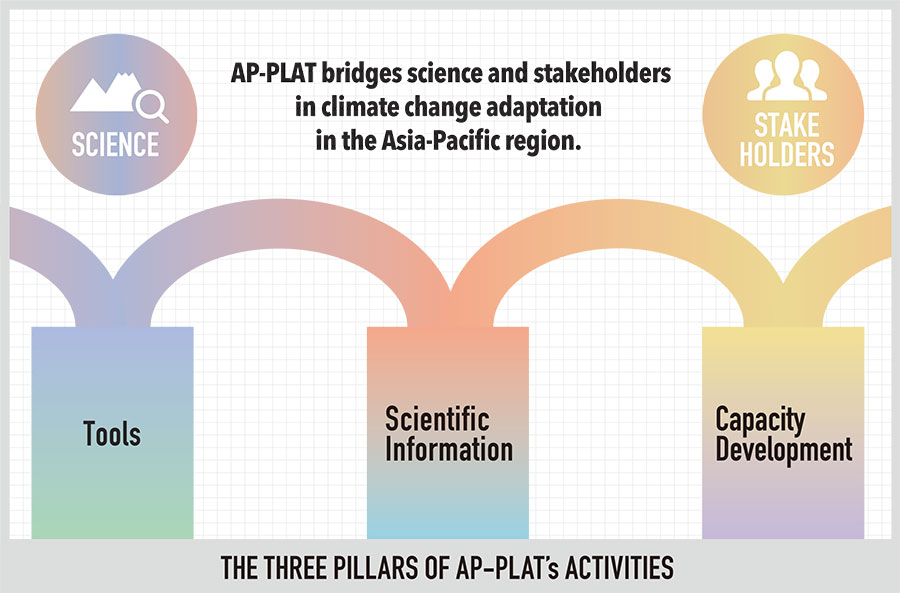
AP-PLAT SECRETARIAT
AP-PLAT website is managed by the Center for Climate Change Adaptation (CCCA) at the National Institute for Environmental Studies (NIES), Japan.
Starting from 2023, as stated in the AP-PLAT Framework for Action 2023-2025, the operational entities of AP-PLAT are CCCA, the Ministry of the Environment Japan (MOEJ), and the Institute for Global Environmental Strategies (IGES).
INTRODUCTION TO CCCA
Based on the Climate Change Adaptation Act enacted in June 2018 (hereinafter referred to as the “Adaptation Act”), the National Institute for Environmental Studies (NIES) established the Center for Climate Change Adaptation (CCCA) in December of the same year to promote the collection, organization, analysis, and research of information on climate change impacts and adaptation, and to provide the findings of such research to Japan’s national and local governments, Local Climate Change Adaptation Centers (LCCACs), businesses, members of the general public, and other stakeholders with the aim of contributing to their efforts to adapt to climate change.
CCCA operates two information platforms to support climate change adaptation.
- Climate Change Adaptation Information Platform (A-PLAT)
An information platform aimed at supporting activities related to climate change adaptation in Japan
- Asia-Pacific Climate Change Adaptation Information Platform (AP-PLAT)
An information platform aimed at building international partnerships with relevant organizations in the Asia-Pacific region as well as globally, and promoting technical cooperation and other international collaboration related to climate change adaptation in each region

CLIMATE CHANGE ADAPTATION IN JAPAN
1. Climate change adaptation in Japan
With the impacts of climate change becoming increasingly evident throughout Japan, protecting people’s lives and assets, and supporting the sustainable development of Japan’s economy and society requires that diverse stakeholders join forces in implementing adaptation to climate change. Based on this recognition, the Adaptation Act was enacted in June 2018 and came into effect in December of the same year as the first legal framework for promoting adaptation measures. The Japanese government is endeavoring to drive comprehensive and systematic adaptation to climate change through the following three key initiatives.
- Implementation of the Climate Change Adaptation Act
- Formulation and implementation of the Climate Change Adaptation Plan
- Drafting of reports assessing the impacts of climate change
2. Climate Change Adaptation Act
Enacted in June 2018, the Adaptation Act is comprised of four pillars: comprehensive promotion of adaptation, development of information infrastructure, strengthening of adaptation at the local level, and international expansion of adaptation efforts. Importantly, the Adaptation Act makes it clear that the national government, local governments, businesses, and members of the public each have a role to play in promoting adaptation to climate change. This is because the impacts of climate change cannot be confronted unless local governments, businesses, and the public as well as the national government work together as one. Since local governments are expected to play a leading role in promoting climate change adaptation, the Adaptation Act gives particular consideration to measures supporting their efforts, but it also aims to promote international cooperation, private sector efforts, and adaptation business. The Act also identifies seven key sectors (agriculture, forestry, and fisheries; water environment and water resources; natural ecosystems; natural disasters and coastal areas; human health; industrial and other economic activities; and the lives of citizens and urban life) likely to be significantly impacted by climate change, and prescribes climate change impact assessments based on scientific findings, and the formulation and PDCA cycle-managed implementation of five-yearly cross-sectoral climate change adaptation plans. As a measure to combat the abnormally elevated temperatures experienced in recent summers, the Adaptation Act was revised in June 2023 to add stronger heat illness countermeasures as a fifth pillar with the aim of halving the number of deaths from heat illness by 2030.
Overview
Comprehensive promotion of climate change adaptation
The Act calls for the comprehensive promotion of adaptation measures throughout Japan through the formulation of a government-wide adaptation plan and cooperation between the national government’s ministries and agencies to steadily implement adaptation measures in accordance with that plan. It also calls for cooperation and collaboration between local governments, businesses, members of the public, and other stakeholders to implement adaptation measures on a nationwide basis.
- Clarification of the roles of the national government, local governments, businesses, and members of the public in promoting climate change adaptation
- Formulation of a Climate Change Adaptation Plan to promote climate change adaptation in agriculture, disaster prevention, and other sectors
- Assessment of the impacts of climate change at five-year intervals, and revision of the Climate Change Adaptation Plan based on assessment results
Development of information infrastructure
NIES collects and provides information on the impacts of and adaptation to climate change and provides local governments and LCCACs with technical assistance and other resources.
Strengthening of adaptation at the local level
- Local governments are required to endeavor to formulate climate change adaptation plans at the local level.
- Local governments are required to endeavor to establish Local Climate Change Adaptation Centers as hubs for collecting and providing information on climate change adaptation.
International expansion of adaptation efforts
The national government shall develop systems for promoting international cooperation on climate change adaptation and for encouraging businesses to conduct activities that contribute to climate change adaptation.
Heat illness prevention
The Adaptation Act was revised in 2023 to strengthen measures against heat illness as one aspect of climate change adaptation, with the revision going into full effect in April 2024.
- Upgrade of status of the Heat Illness Prevention Action Plan to a mandatory plan
- Heatstroke alerts legally mandated
- Special heatstroke alerts established
- Designation and utilization of facilities as cooling shelters and of heat illness prevention promotion organizations by municipal mayors
3. Assessment Report on Climate Change Impacts
As stipulated in Article 10 of the Adaptation Act, an Assessment Report on Climate Change Impacts is prepared every five years.
Overview
Based on scientific findings, the Assessment Report on Climate Change Impacts assesses the impacts of climate change on the seven sectors (agriculture, forestry and fisheries; water environment and water resources; natural ecosystems; natural disasters and coastal areas; human health; industrial and economic activities; and lives of citizens and urban life) from the three perspectives of significance, urgency, and confidence.
4. Climate Change Adaptation Plan
The Climate Change Adaptation Plan was formulated in accordance with the Adaptation Act to comprehensively and systematically implement measures related to climate change adaptation. It seeks to create a society that ensures safety, security, and sustainability by preventing and reducing damage from climate change-induced impacts, stabilizing people’s lives, promoting the sound development of society and the economy, preserving the natural environment, and building national resilience. To this end, the Plan outlines seven basic strategies, including the roles of various stakeholders and the incorporation of adaptation into all relevant policies, and comprehensively details adaptation measures to be implemented in each of the seven sectors.
5. Adaptation at the local level
Japan is exceedingly long in the north-south axis, which means that the way and degree to which climate change impacts are felt, and the measures needed to address those impacts, tend to vary from region to region.
As such, climate change adaptation measures need to be tailored to topography, industry, population, and other characteristics of each region of Japan.
- Local Climate Change Adaptation Plans
- Local Climate Change Adaptation Plan refers to a plan in which prefectures, municipalities, and other relevant stakeholders take the lead in promoting measures for climate change adaptation in accordance with natural, economic, and social conditions in their respective regions. (As of July 2025, all of Japan’s prefectures and more than four hundred municipalities have drawn up such plans.)
- Local Climate Change Adaptation Centers
- Local Climate Change Adaptation Centers (LCCACs) are hubs that collect, organize, analyze, and provide information and technical advice on climate change impacts and adaptation in their respective regions. (As of July 2025, more than 65 local governments across the country have established LCCACs.)
AP-PLAT PARTNERS
AP-PLAT continuously explores potential partnerships with climate adaptation platforms, research institutes, the private sector, governmental agencies, and other stakeholders. Our objective is to facilitate science-based decision-making and adaptation actions through collaborative efforts that create and communicate practical scientific knowledge and tools.
Supporting Organizations (Alphabetical order)
- AIT Regional Resource Centre for Asia and the Pacific (RRC.AP)
- Asia Pacific Adaptation Network (APAN)
- Asia-Pacific Network for Global Change Research (APN)
- Climate Adaptation Services (CAS)
- Coalition for Disaster Resilient Infrastructure (CDRI)
- Commonwealth Scientific and Industrial Research Organisation (CSIRO)
- Deloitte Tohmatsu Consulting LLC
- European Climate Adaptation Platform (Climate-ADAPT)
- Food and Agriculture Organization of the United Nations (FAO)
- Global Adaptation Network (GAN) under the United Nations Environment Programme (UNEP)
- Global Green Growth Institute (GGGI)
- IDEA Consultants, Inc.
- International Centre for Climate Change and Development (ICCCAD)
- Mitsubishi Research Institute, Inc.
- Pacific Climate Change Centre (PCCC)
- Risk-informed Early Action Partnership (REAP)
- START International
- Stockholm Environment Institute (SEI) - Asia Centre
- The Energy and Resources Institute (TERI)
- The Department of Agriculture and Rural Development in Vanuatu
- Tokio Marine dR Co., Ltd.
- Tribhuvan University, Nepal
- United States Environmental Protection Agency (EPA)
- Weathernews Inc.
AP-PLAT Capacity Development Partner Organizations
Go to the list of Capacity Development Partners.
HOW TO JOIN
Organizations supporting AP-PLAT are those that agree with AP-PLAT’s vision, mission, and approach, and promote activities based on the platform’s three pillars, while emphasizing the co-creation of information, tools, and initiatives for adaptation through collaboration. Supporting organizations are not obligated to do anything specific, but are envisioned as entities that utilize AP-PLAT as a platform according to their needs and interests.
To become an AP-PLAT Supporting Organization and/or Capacity Development Partner Organization, kindly submit the application form provided below. Rest assured that the AP-PLAT secretariat will carefully review your application.
- Application form* – AP-PLAT Supporting Organization
- Application form* – AP-PLAT Supporting Organization and Capacity Development Partner Organization
(**External link to Google form managed by the Institute for Global Environmental Strategies (IGES))
For details about AP-PLAT Supporting Organizations and Capacity Development Partner Organizations, kindly refer to the framework documents introduced above.
